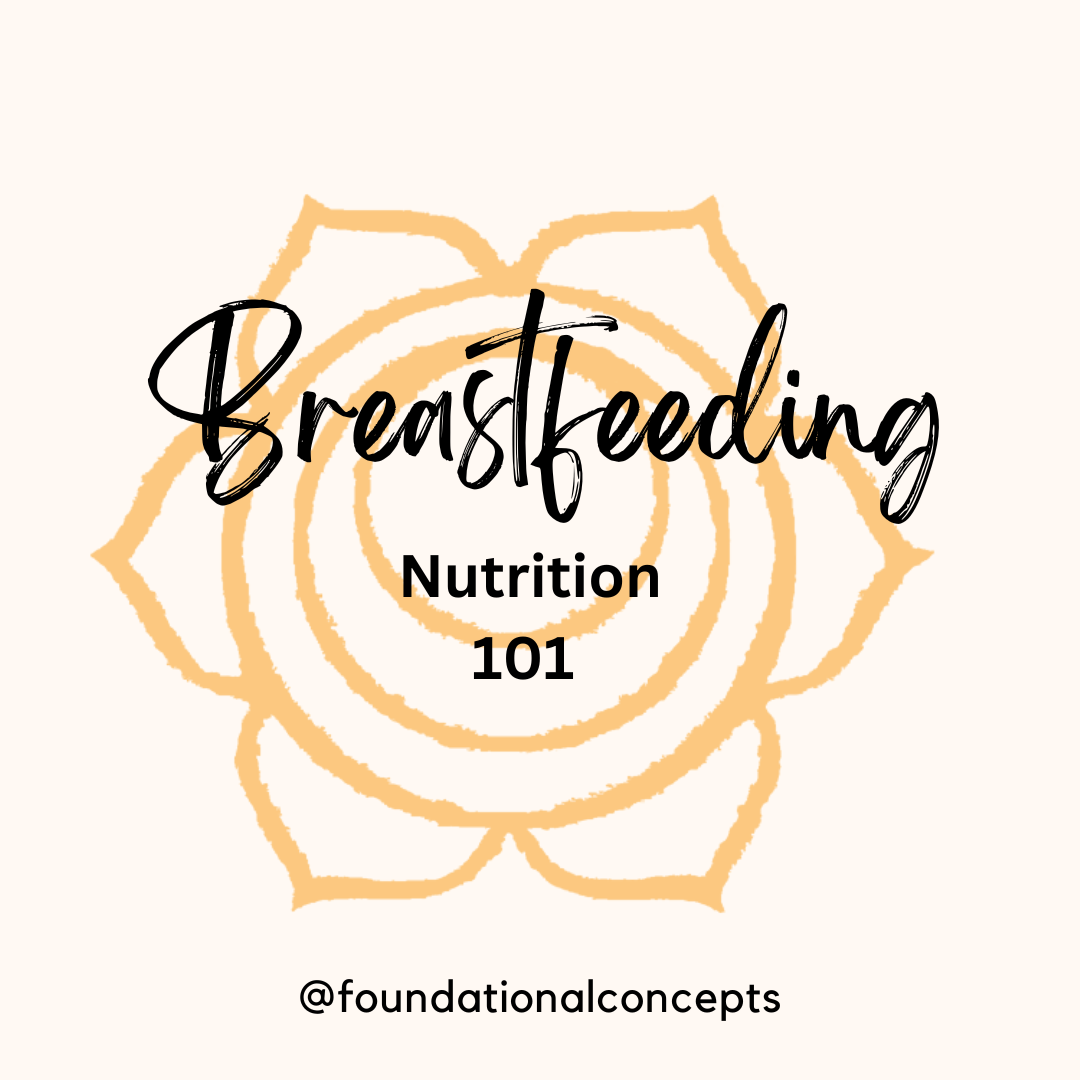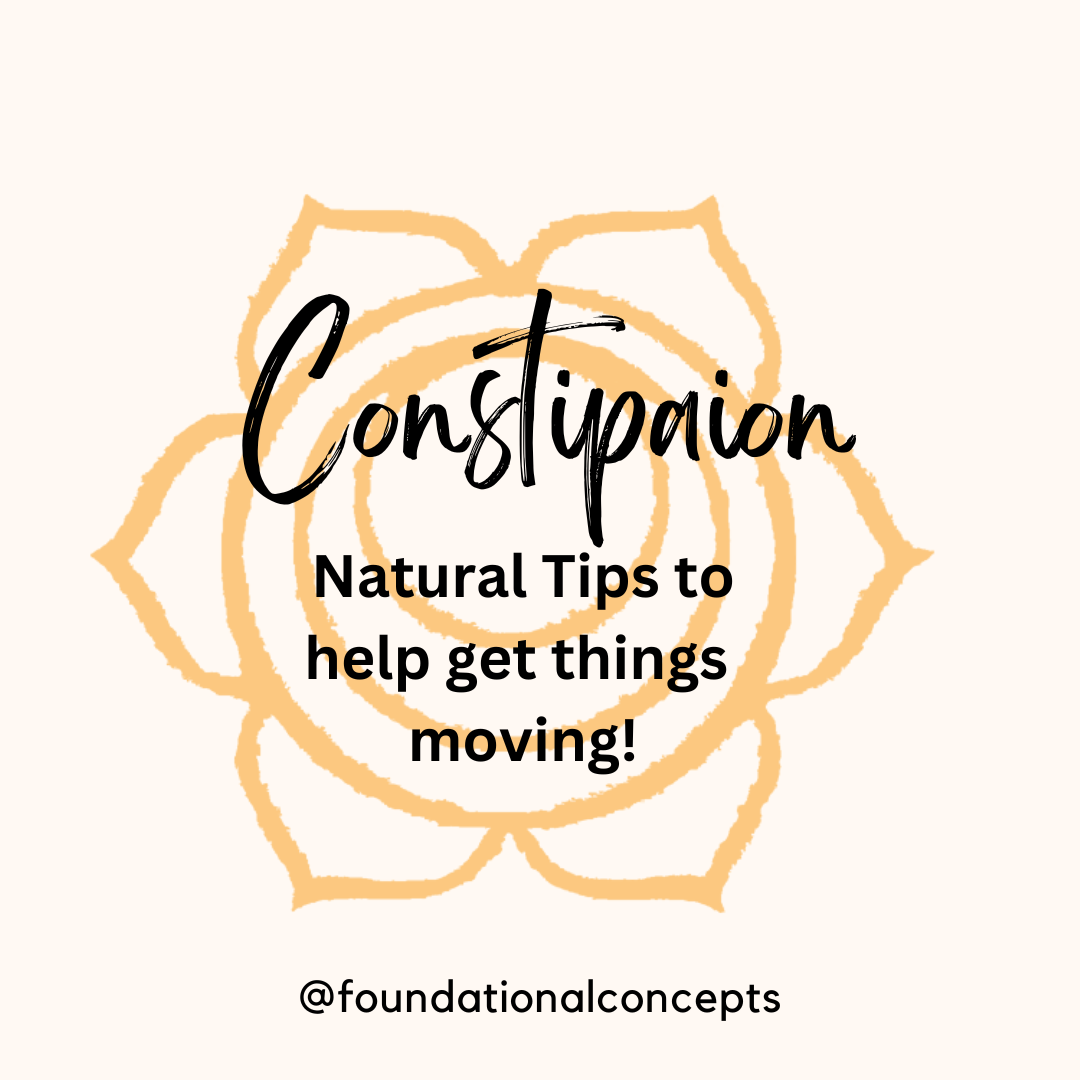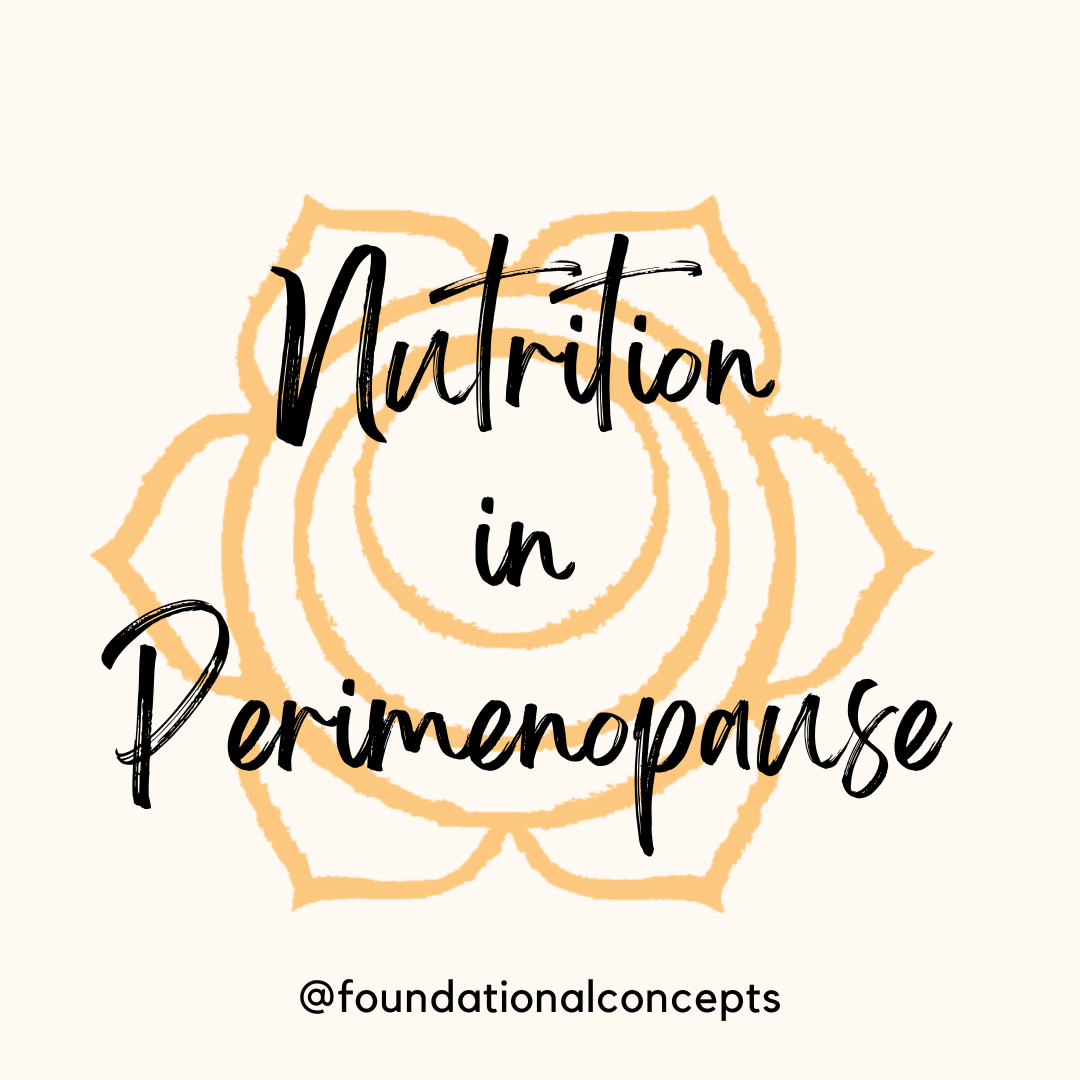Nutrition plays such an important role in our pregnancies and post-partum periods. Breastfeeding requires time…

Back Pain After Baby? Our Specialists Can Help
That sweet little bundle of joy is not so small these days. Breast feeding is dwindling, baby is moving and shaking and near walking. You’ve gotten back to some exercise, or maybe you haven’t because there is some lingering discomfort in your back that bothers you. Picking up that little chunky ball of sticky sweetness, gathering up toys, keeping up with housework and laundry are all nagging reminders that things aren’t back to normal. Let’s talk about why women have lingering back pain after baby and what can be done to help it.
Childbirth is an amazing, beautiful physiological experience. Wait, WHAT??? Right. It’s a beast. It is an amazing testament to how truly strong the female body is. But let’s call it what it is…a major injury to our tissues. Some experiences are glorious, while others have a less than desirable experience and that alone can impact how we recover, how quickly and to what degree pain sticks around. The primary injury occurs to your abdominal and pelvic floor muscles. Pregnancy alone stretches the abdomen causing a Diastasis Rectus Abdominus (that’s right – we all develop this in pregnancy. Click the link to find out more about it). If you deliver by C-section this is a second insult to already injured abdominal muscles. IF you deliver vaignally, the pelvic floor is injured, 80% of women even have complete tears in the pelvic floor muscles (check out this study for more details)
Why do we just go on about our usual life after baby? Few women are told how to rehab this deep system of musculature that is so vital to our physical function as humans. This deep system is comprised of the Abdominal wall, which is an intricate layering of connective tissue and 4 muscular layers which must coordinate with each other, and with the Pelvic Floor, deep spinal muscles and the diaphragm.
The Pelvic Floor group is also a functional unit of several muscles in the base of the pelvis, they coordinate with abdominal wall, deep spine and diaphragm. There must be a coordinated effort from all these muscles for good stability in the spine, pelvis and hips. Going back to strength training, running, boot camp, barre class, etc.…without getting these muscles to coordinate can lead to more imbalance in the system, and lingering back pain.
What is quite interesting is that every woman does not respond to the same cues and exercises to get their deep muscles to coordinate correctly. So, a generic set of exercises wont work for everyone. Certainly, these exercises are helpful for some, but many women who have lingering symptoms are likely those that need some individualized assessment and guidance to help. Many of the women we help at Foundational Concepts just need the right set of cues and exercises for them to “find” that deep system and recognize they are engaging it. Once the connection is made to the brain for this system again, it is a very simple progression of exercise that will take away that nagging back pain and get you back to picking up little Joey, chasing him around and feeling good again. This brings value back to life and stops the thoughts of “I guess this is just how it is going to be after kids”.
Often, as that nagging back has lingered, you have modified how you move, causing tension or overuse in other muscles in the trunk and hips. This leads to further “laziness” in the deep muscles. They are sitting around together, having a cocktail saying, “this is great, we get to sit back and watch while they do all the work, over achievers.” Sounds silly, but it is true, after an injury, if you don’t re-train this system, it will literally sit by and do nothing. Getting weaker while the other muscles attempt to do double duty and eventually they get angry and begin to hurt. So, what is the answer?
You need to be able to find the deep muscles again. A specialist in post-partum care can help with that. Our specialists will examine your musculoskeletal system to determine where YOUR imbalances lie. They will help you connect with the deep muscles correctly, so you can begin progressing at your level. This allows for gradual coordination with the rest of the muscles, so they can calm down and feel better to let you return to caring for those you love and getting back to activities that provide meaning and value to your life.
–Sarah Dominguez, PT, MSPT, CLT, WCS, CMTPT




